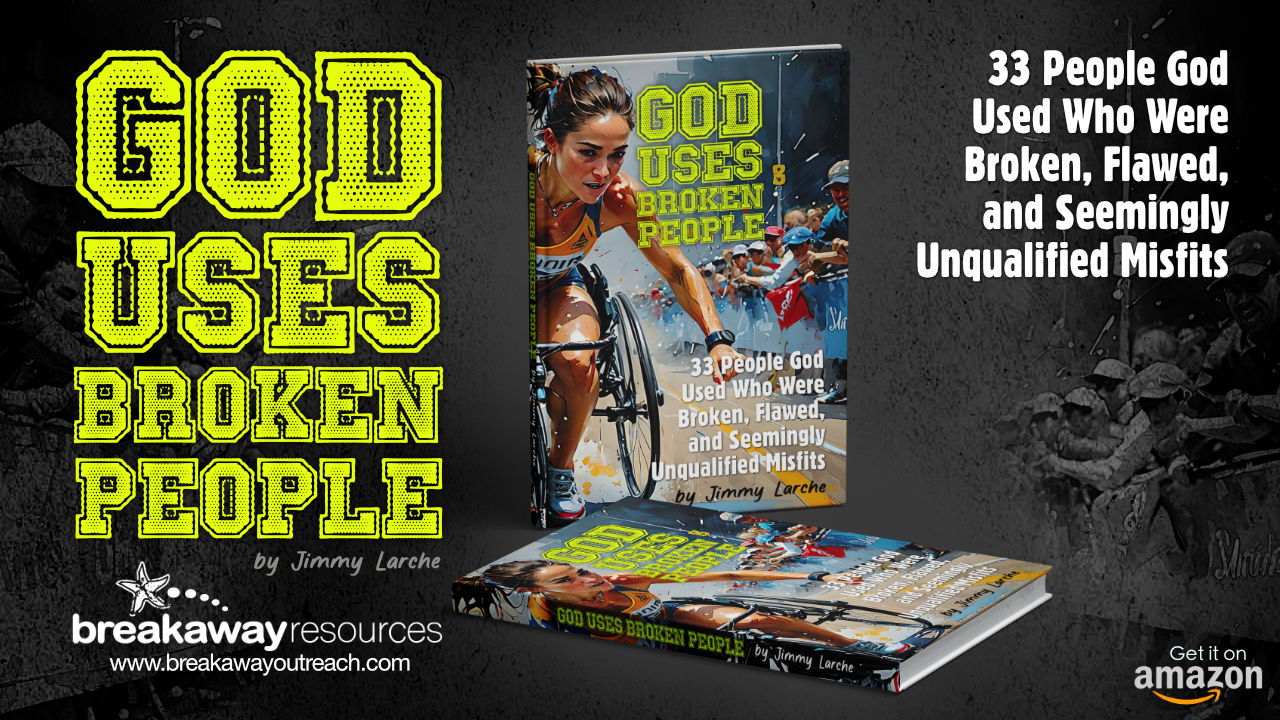God Uses Broken People: 33 People God Used Who Were Broken, Flawed, and Seemingly Unqualified Misfits
Kintsugi is a 500-year-old Japanese art with an interesting philosophy. In kintsugi, broken pottery is valued as a treasure rather than a piece of trash. The art treats breakage and repair as part of the esteemed history of an object—something of a redemptive beauty—rather than something to disguise, cover up, or replace altogether. That’s why in Japan, people will pay big money for the elegance and aesthetic appeal of “golden joinery,” the kintsugi method of mending a vessel after it has been fractured.
The brokenness of our past is an integral part of our unique story, and God’s glorious art of making beautiful things out of broken pieces. When you consider all the people in Scripture who God used in redemptive ways, there is hope for anyone. God never sanitizes the stories of people in the Bible. Our modern church curricula and publishing agencies often “clean up” the stories of these “heroes,” especially when teaching them to children in Sunday School classes. Yet God gives the entire account for a reason. He gives the whole story—the good, the bad, and the ugly. The flaws and failures of others are canonized for a purpose. This is so that we would not glorify their successes or their failures, but that we would always make much of the God who is gracious enough, and faithful to love them despite themselves.
Abraham’s brokenness could be seen in the apparent biological flaw of being too old for God to use. Timothy’s brokenness could be seen in the opposite—being timid in the face of people who thought he was too young for God to use. Peter’s brokenness was exposed in his temperament, his impulsive behaviors, and his rash words at times. Plus, he denied Jesus three times when so much was on the line. The brokenness of Ruth and Naomi was felt in the grief of widowhood, the loss of loved ones. Hagar’s brokenness was rooted in a love triangle manifesting itself in jealousy, bitterness, and rejection. Hosea’s broken marriage was an embarrassing adulterous object lesson for an entire nation. Jephthah’s mother was a prostitute. Samson had a real problem with womanizing and revenge. Gideon was fearful and insecure. Martha was a chronic worrier. Elijah got suicidal. Jacob was a conniving, scheming cheater. Jonah was a prophet who ran from God because he didn’t like the people God sent him to minister to. Paul was persecuting Christians… before he became one. Noah got drunk… after doing something heroic for God. Joseph, well he came from a dysfunctional family that would’ve been typecast for a Netflix drama involving sibling rivalry, parental favoritism, abuse, and betrayal. These are the “elite” characters of that number one bestseller of all time—The Holy Bible.
Each of these characters are a picture of kintsugi—the way God views and values broken people, uses them for His glory, and redeems their stories for other broken people like you and me to be inspired with hope. Broken people are a treasure to God, and He has proven that throughout the ages.
If Jesus were the one telling our stories to others, what would the narrative sound like? If He was the one sharing your testimony, how would the story be told? What would be included? Imagine how pure, raw, and unrefined that would be.

